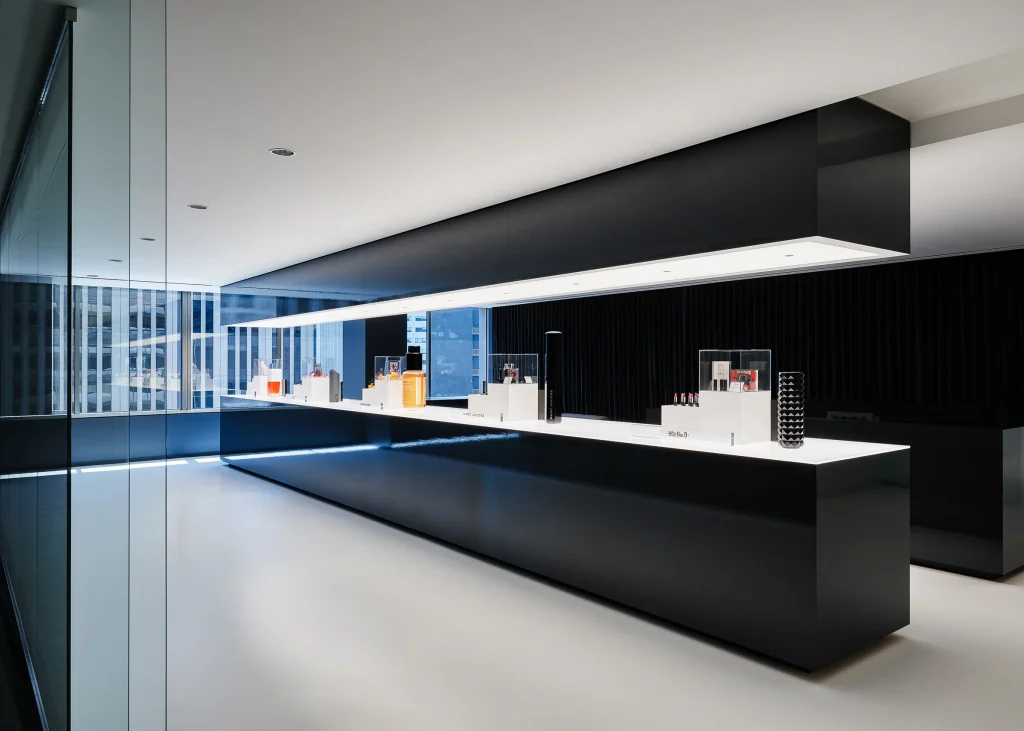
Building Cosmetics: A Comprehensive Overview
Introduction
Building cosmetics refer to a range of products and techniques used to enhance the appearance, functionality, and durability of buildings and structures. These enhancements are aimed at improving both the aesthetic appeal and the performance of various building elements. Building cosmetics encompass a variety of applications, from surface finishes and coatings to architectural details and design features.
Types of Building Cosmetics
Surface Finishes
- Paints and Coatings: Used to protect and beautify surfaces. Modern paints and coatings offer a range of properties, including weather resistance, UV protection, and anti-corrosive features.
- Decorative Plasters: Applied to walls and ceilings to create textures and patterns. They can be used to replicate traditional finishes or to create contemporary designs.
Architectural Details
- Moldings and Trim: Includes cornices, baseboards, and window casings that add visual interest and sophistication to a building’s interior.
- Facade Elements: Such as cladding and decorative panels that enhance the exterior appearance of buildings. Materials used can include stone, metal, and composite panels.
Functional Enhancements
- Window Films and Tints: Applied to windows to improve energy efficiency, privacy, and reduce glare while adding a decorative touch.
- Green Roofs and Living Walls: Incorporate vegetation into building designs for aesthetic appeal, thermal insulation, and environmental benefits.
Benefits of Building Cosmetics
- Aesthetic Appeal: Enhances the visual appeal of buildings, creating a more attractive and welcoming environment. This can increase property value and appeal to potential buyers or tenants.
- Durability and Protection: Protective coatings and finishes help extend the lifespan of building materials by shielding them from environmental damage, wear, and tear.
- Energy Efficiency: Some cosmetic enhancements, such as reflective coatings and green roofs, contribute to improved energy efficiency by reducing heat absorption and providing insulation.
- Environmental Impact: Eco-friendly building cosmetics, like sustainable materials and green roofs, contribute to reducing the environmental footprint of buildings.
Applications
- Residential Buildings: Building cosmetics in homes include paint finishes, decorative moldings, and landscaping elements. These enhancements improve both the functionality and appearance of living spaces.
- Commercial Buildings: In commercial settings, building cosmetics focus on creating an inviting and professional appearance. This includes high-quality finishes, functional design elements, and branding features.
- Historical Restoration: In heritage buildings, building cosmetics play a crucial role in preserving historical aesthetics while incorporating modern functionality. Specialized techniques and materials are used to maintain historical accuracy.
Trends and Innovations
- Sustainable Materials: The use of eco-friendly and recycled materials is on the rise. Innovations in sustainable building cosmetics aim to minimize environmental impact and enhance building performance.
- Smart Technologies: Integration of smart technologies, such as dynamic glass and automated shading systems, enhances the functionality and aesthetics of buildings.
- Customization: Advances in technology allow for greater customization of building cosmetics, including 3D-printed elements and personalized design features.
Challenges
- Cost: High-quality building cosmetics can be expensive, and balancing cost with aesthetic and functional requirements is a key consideration.
- Maintenance: Some cosmetic enhancements may require regular maintenance to retain their appearance and functionality. Choosing durable and low-maintenance options can help mitigate this issue.
- Integration: Ensuring that cosmetic enhancements integrate seamlessly with existing building systems and design elements can be challenging.
Conclusion
Building cosmetics play a crucial role in enhancing the appearance, functionality, and longevity of buildings. By incorporating various surface finishes, architectural details, and functional enhancements, building cosmetics contribute to creating more attractive, durable, and efficient structures. As trends evolve towards sustainability and smart technology, the field of building cosmetics continues to innovate, offering new solutions for modern architectural challenges.
